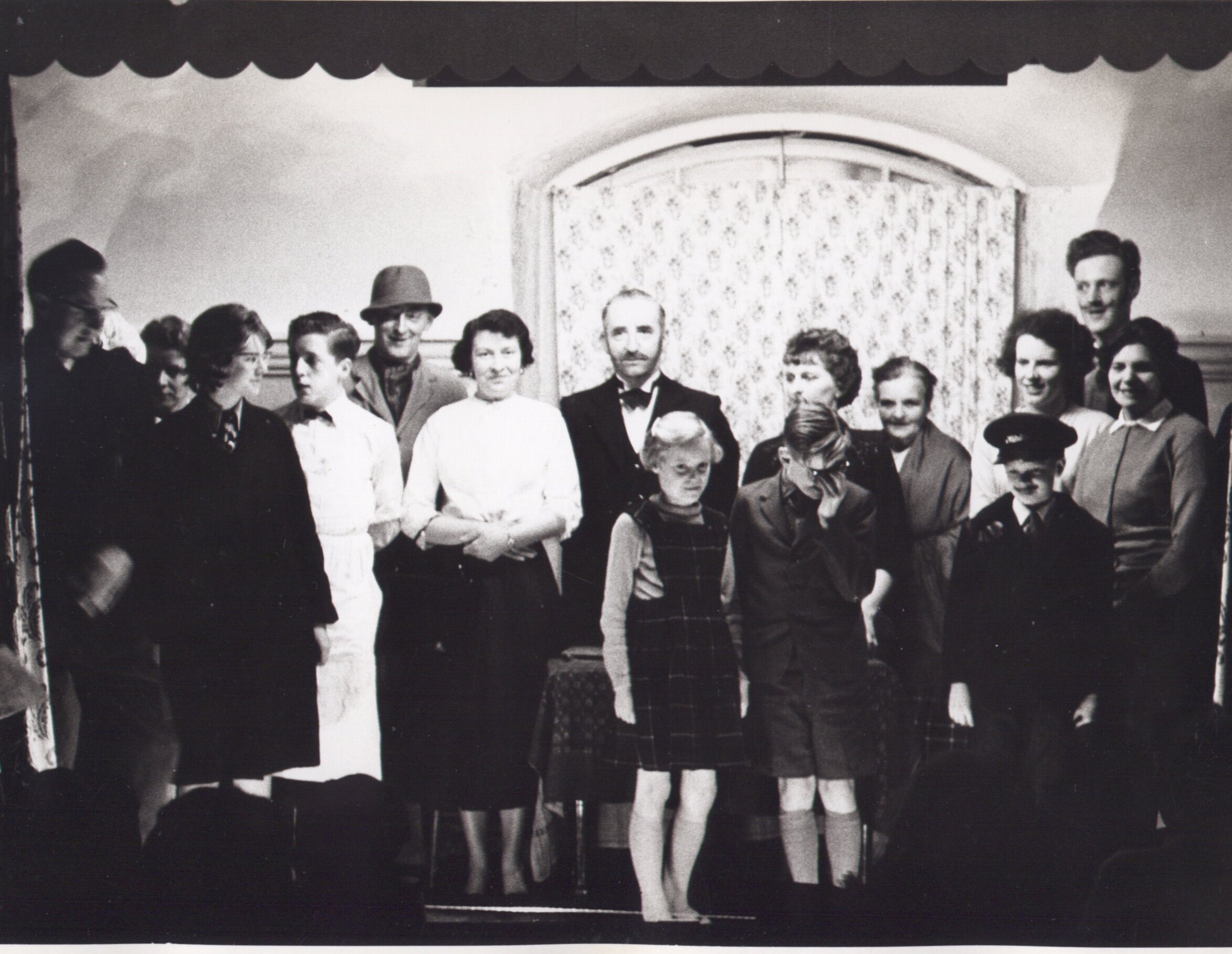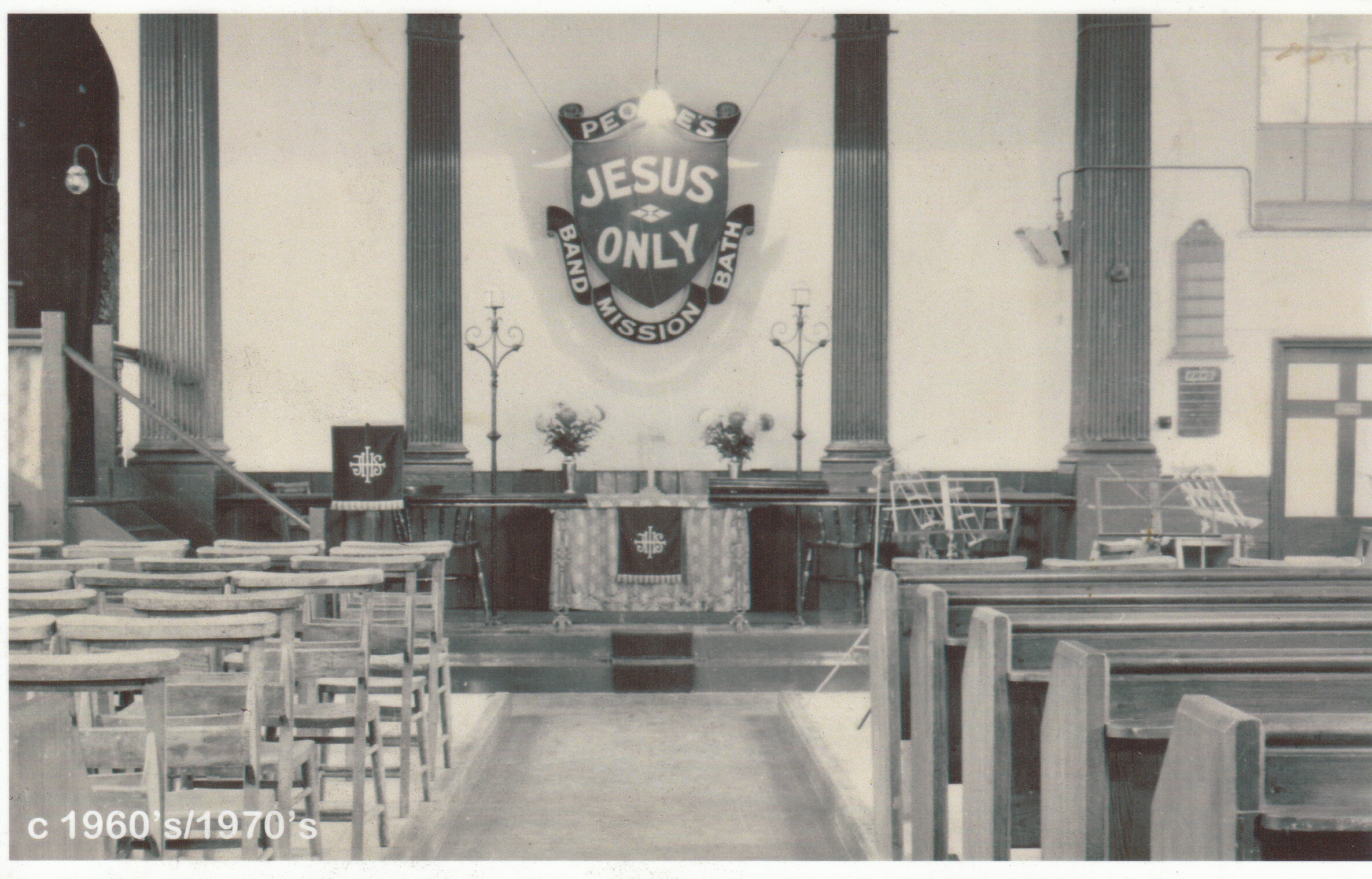The Mission Theatre has a fascinating history spanning almost 250 years. It started life as a Roman Catholic Chapel in 1780, reputedly designed by renowned Bath architect John Palmer.
In addition to the chapel, John Palmer was the architect behind other notable Bath sites including St James Square, Lansdown Crescent and The Cross Bath, and became City Architect for Bath in 1792.
An aerial view of Lansdown Crescent, designed by John Palmer.
The Cross Bath, designed by John Palmer.
Bath’s new Roman Catholic Chapel was due to open on the 8th June 1780 but, just two days before, it was burned down by a mob in Bath’s ‘No Popery’ riots - an anti-Catholic movement started in London. The mob, led by John Butler, a servant from a house on the Royal Crescent, marched through the streets of Bath before arriving on Corn Street. Magistrates were alerted and came to read the Riot Act, with little effect. More than 300 Troopers from Devizes and Wells arrived late at night and were met with makeshift weapons and firebrands, and in the conflict a rioter was shot dead, leading the mob to set fire to the Chapel, as well as the adjoining priest’s house and several other neighbouring houses. By the morning only charred walls remained. John Butler was later hanged in Bath.
A depiction of the London ‘No Popery’ rioters setting fire to Newgate Prison.
The chapel was rebuilt using the compensation of over £3000 awarded for damages and loss of goods and furnishings, and was consecrated in 1786 as a Catholic Chapel. It remained this way until 1843 when it became a Protestant place of worship, as it was until the Second World War.
During the War, the building was used by air raid wardens, and miraculously survived the 1942 Baedeker bombing raids on Bath that destroyed most of the surrounding area. These raids were planned to target every British city with notable cultural and historic buildings as listed in the Baedeker Tourist Guide, which was published all over Europe and regarded as an authority on notable architecture.
The Royal Crescent was one of the locations targeted by the bombers in the Baedeker raid on Bath, but damage wasn’t severe.
A street in Bath after the Baedeker raids.
After the War, the building was taken over by The People’s Mission - a thriving free church with an award winning brass band and many devoted worshippers.
The People’s Mission free church.














